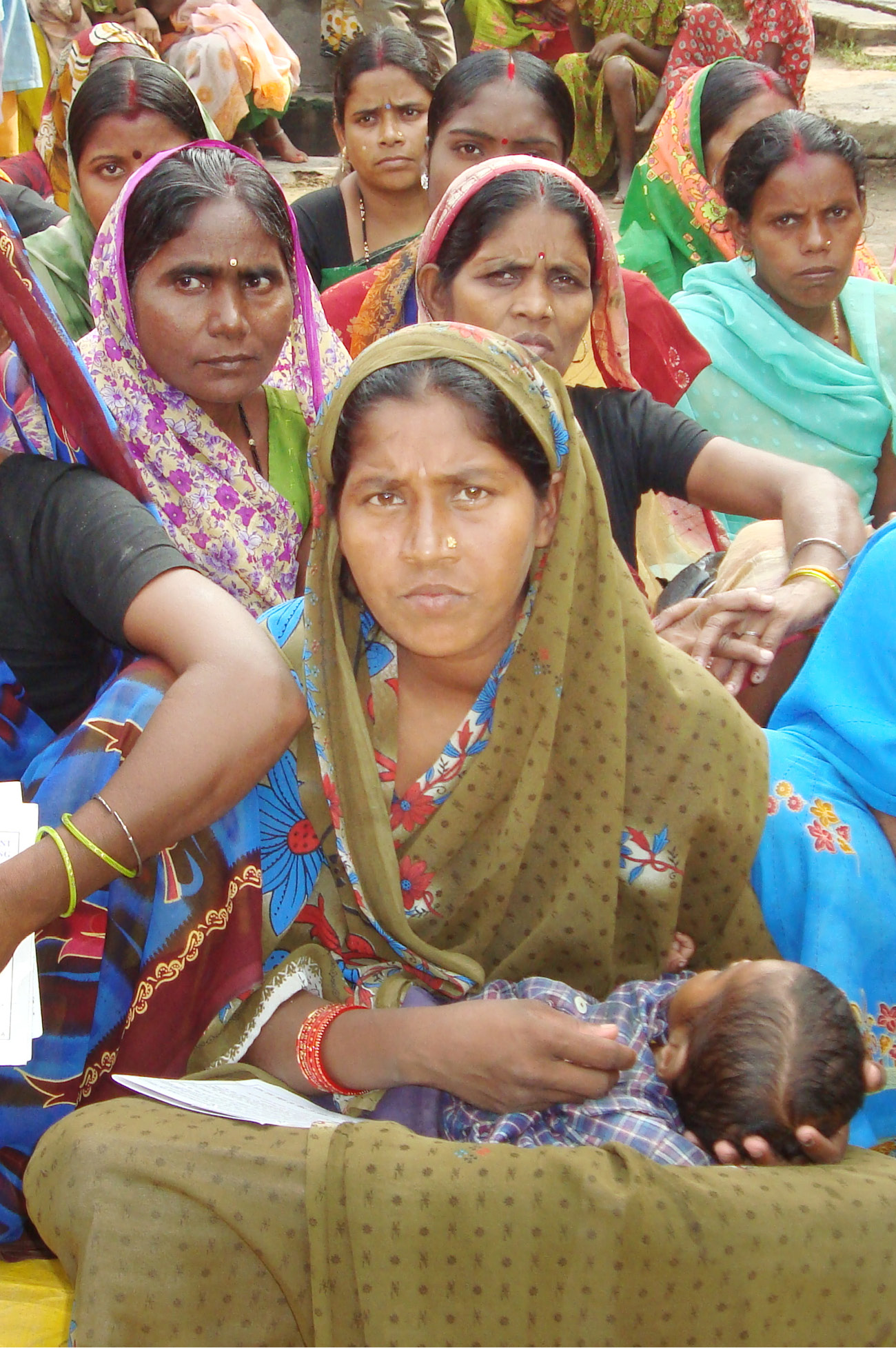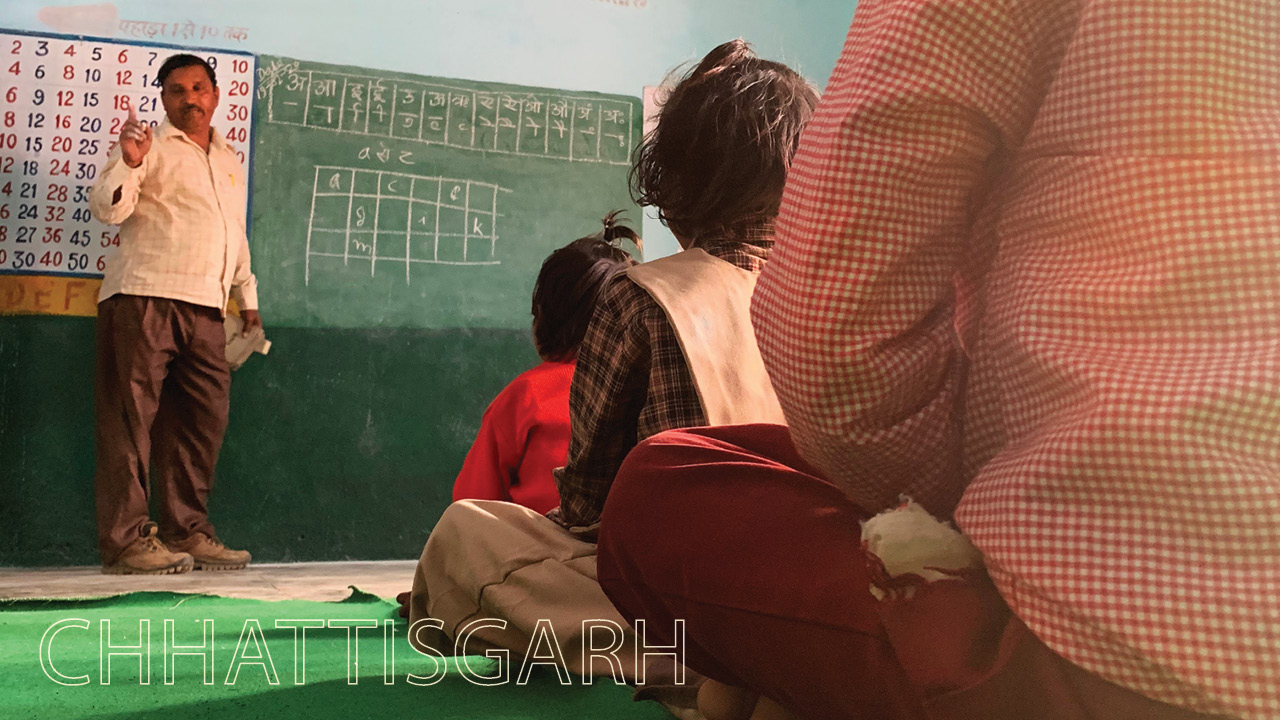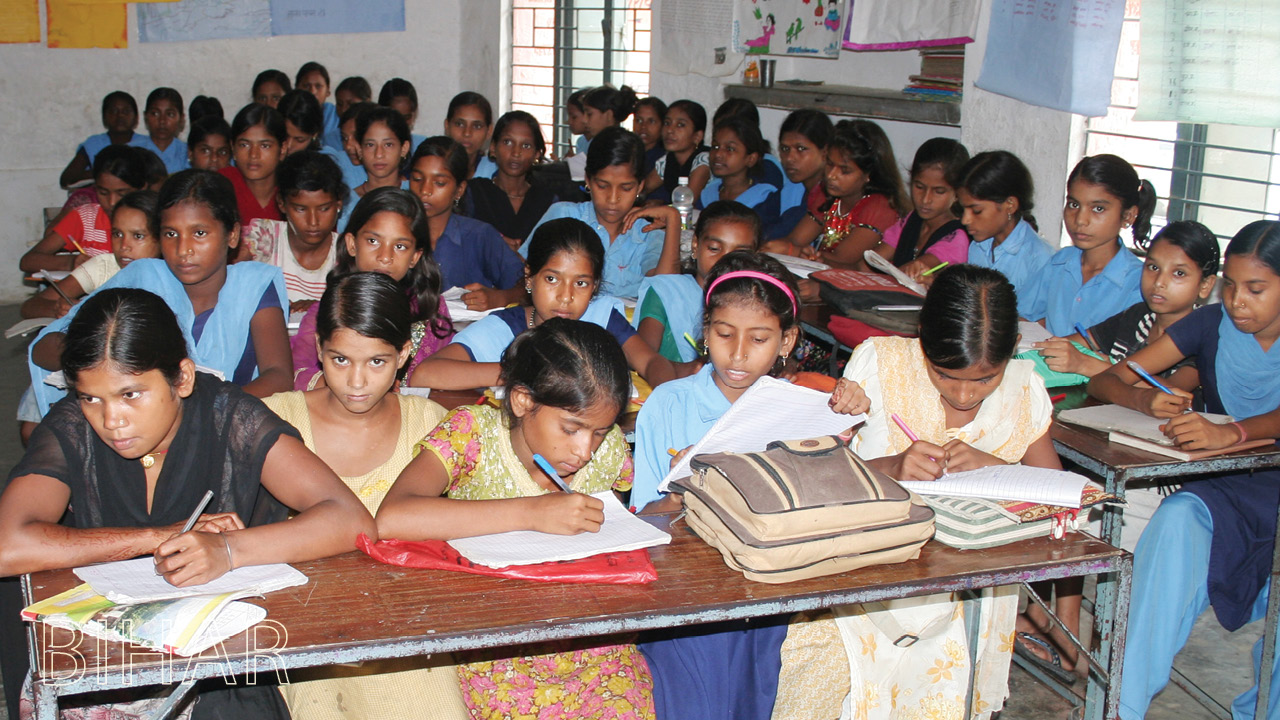Chhattisgarh ranks #14 in the SKOCH State of Governance Index 2024, a stable yet middling performance that reflects both potential and challenges. With 14 well-performing projects—two highly impactful and six impactful—the state demonstrates the capacity for high-quality governance initiatives, especially at the district level.
When placed alongside comparable states such as Madhya Pradesh (#13), Jharkhand (#22), and Odisha (#6), Chhattisgarh performs better in district-focused governance but lags behind in financial strength and digital infrastructure. The State’s performance across the SKOCH Six Indices—Governance, e-Government Infrastructure Index, Finance, Government Transformation, Efficiency, and Development—provides a multi-dimensional view of its trajectory.
In the 2024 edition, Chhattisgarh’s overall governance rank of #14 is bolstered by its exemplary performance in specific sectors. It tops the nation in Rural Development, reflecting robust employment programmes, rural infrastructure projects, and participatory governance at the grassroots.
Additionally, the state ranks #4 in both District Governance and Health, marking significant improvements from previous years. Its consistent #2 rank in Urban Development further affirms its focus on integrated planning and sustainable cities. Notable comebacks include Skill Development (#2), Warehousing (#2), and Transport (#4), all signaling revived policy attention and investment.
Several district- and sector-focused initiatives illustrate Chhattisgarh’s governance strengths. The Chhattisgarh State Skill Development Authority (CSSDA) has trained over 4.79 lakh youth under PMKVY and PM Vishwakarma Yojana, creating measurable improvements in employability, income levels, and entrepreneurial outcomes. Despite high dropout rates and tracking issues, the initiative continues to scale, reflecting a strong state commitment to workforce readiness.
In Naxal-affected regions, district administrations have driven governance reforms with significant impact. The School Vende Varrat Pandum initiative in Bijapur district helped re-enroll 3,000 school dropouts, reopened 28 schools, and engaged over 2,500 community members—demonstrating how education policy can be successfully localised through tribal language integration and parental outreach.
Similarly, Swastha Janjgir-Champa Abhiyaan brought door-to-door health screenings to over 11 lakh residents, diagnosing cataract, sickle cell, and other neglected conditions while distributing Ayushman Cards at scale. The campaign overcame logistical and social stigma-related barriers, marking a model for decentralised health governance.

Other high-impact efforts include the Transformation of Lives – The Changing Era of PVTGs, which empowered 9,700 particularly vulnerable tribal households through livelihood support, rights-based development, and digital survey tools.
And in public safety, the Vehicle Location Tracking Platform (VLT) under the Nirbhaya framework equipped 8,000 vehicles with tracking systems to improve women’s safety and emergency responsiveness.To break into the top 10, Chhattisgarh needs to scale up the number of high-impact and well-performing projects—especially in areas like Municipal Governance, Police, and Power where other states tend to dominate.
Chhattisgarh ranks #9 nationally in the SKOCH e-Government Infrastructure Index 2024, indicating a respectable position but not leadership. The state has made meaningful advances in citizen service digitisation, including health records, transport services, and administrative clearances.
However, it continues to lag behind states like Haryana (#1), Mizoram (#3), and even neighboring Madhya Pradesh (#15) in broadband penetration, per capita e-transactions, and service integration across platforms. The normalised score suggests that while transaction volumes are improving, the diversity and complexity of services need expansion. To climb higher, Chhattisgarh must focus on deepening last-mile digital connectivity, especially in remote tribal districts, and develop cross-departmental interoperability frameworks.
On the SKOCH Financial Prudence Index, Chhattisgarh remains in the lower mid-tier, facing constraints similar to states like Jharkhand and Assam. The state’s debt-to-GSDP ratio is moderate but rising, and own tax revenue remains low relative to GSDP. Although development expenditure and capital outlay have shown incremental increases, high fiscal dependency on central devolution limits autonomy.
To improve fiscal health, Chhattisgarh must prioritise own-source revenue augmentation through better tax compliance, rationalisation of subsidies, and monetisation of assets. The state should also explore newer forms of non-tax revenues (such as land value capture and municipal bonds) and improve expenditure efficiency, particularly in social sector schemes.
The SKOCH Government Transformation Index, which combines Governance and e-Governance performance, places Chhattisgarh in the middle cluster. The state’s score reflects its institutional commitment to reform but also exposes inconsistencies in delivery mechanisms. While project quality in sectors like health, transport, and skill development is high, many departments still rely on manual processes and lack integrated digital dashboards. For transformation to be sustainable, the state must enhance coordination across line departments and invest in public service capacity-building. District and block-level bureaucracies, often overloaded, require process simplification and automation.
The SKOCH Government Efficiency Index—calculated as a combination of Governance and Fiscal scores—places Chhattisgarh below peers like Maharashtra, Gujarat, and even Madhya Pradesh. This implies that while the state has strong administrative intent, it struggles to deliver maximum impact per unit of expenditure. One key issue is fragmented programme implementation due to overlapping mandates and limited financial forecasting tools. Introducing outcome-based budgeting, performance-linked incentives, and digital project monitoring systems can enhance both fiscal and operational efficiency.
To move into the top league of governance-driven states, Chhattisgarh must pursue a four-pronged approach. First, scale up impactful governance projects, particularly at municipal and urban levels. Second, improve fiscal prudence by boosting own revenues and tightening expenditure quality. Third, deepen digital transformation, prioritising backward districts and service integration. Fourth, institutionalise cross-sectoral frameworks that connect health, education, transport, and urban development. With focused execution, Chhattisgarh can turn its sectoral strengths into comprehensive development gains, matching or even surpassing the performance of peer states like Odisha and Madhya Pradesh.
In the SKOCH State of Development Index 2024, Chhattisgarh ranks in the lower-middle tier. The Index combines Governance, e-Governance, and Fiscal performance, and while the state has made advances in human development indicators through health and skill initiatives, the score reveals gaps in financial sustainability and technology-enabled services. Compared to Odisha (a similar resource-rich, low-income state), Chhattisgarh falls short in capital formation and inter-sectoral convergence. Its development strategy must now shift from input-oriented spending to output- and outcome-based models.



